How Utilities can meet the challenge of a rapidly evolving landscape
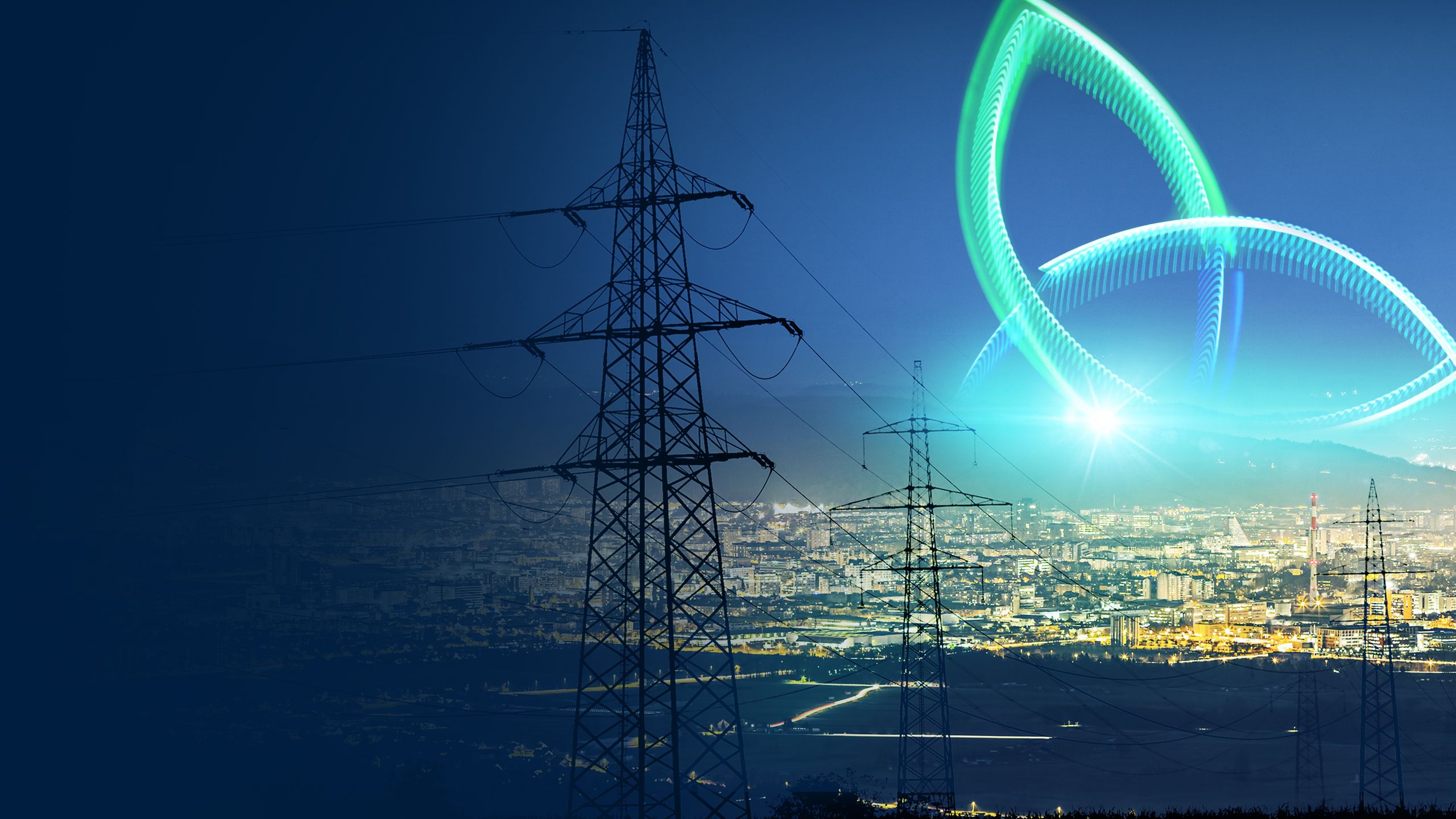
European energy utilities are navigating a rapidly evolving landscape, facing both policy-driven changes and market shifts that challenge traditional operations. Since the 2022 energy crisis, wholesale energy prices have dropped significantly, ICIS price assessments showed, but volatility has remained a key factor due to the rapid changes in supply patterns.
While gas prices have become more reactive to global liquefied natural gas (LNG) dynamics and geopolitics, electricity prices have instead responded to a rapid renewable supply growth that often overcame the current grid and energy storage capacity, resulting in more frequent negative power prices and in production or grid interconnection curtailments.
In line with European energy transition targets, the phase-out of fossil fuel assets would also determine a major change in the energy landscape. Some European countries are experiencing negative clean spark spreads (CSS) and clean dark spreads (CDS) for baseload power generation, meaning that some gas and coal power plants are already not profitable for most baseload hours, according to ICIS data. The intermittency of the rapidly growing renewable capacity will require investment in energy storage, grid balancing, and demand response solutions, while some of the fossil fuel capacity could potentially be decarbonized using carbon capture and storage technologies or converted to operate with green fuels.
As renewable sources grow, the demand for effective energy storage (batteries, pumped hydro, hydrogen) becomes crucial for grid stability and for an efficient realization of the energy transition goals.
Growing electrification of sectors like chemicals and transport, and increasing consumption from data centres as the artificial intelligence (AI) revolution kicks in, would also shape future energy demand in Europe, becoming an even more important driver for energy prices.
Power purchase agreements (PPAs) and guarantees of origin (GOs) will play critical roles in the European energy sector too, as utilities seek to use PPAs to hedge against price volatility while certification of renewable sources can simplify sustainability reporting and boost green investments.
Battery storage is critical, but timing is the issue
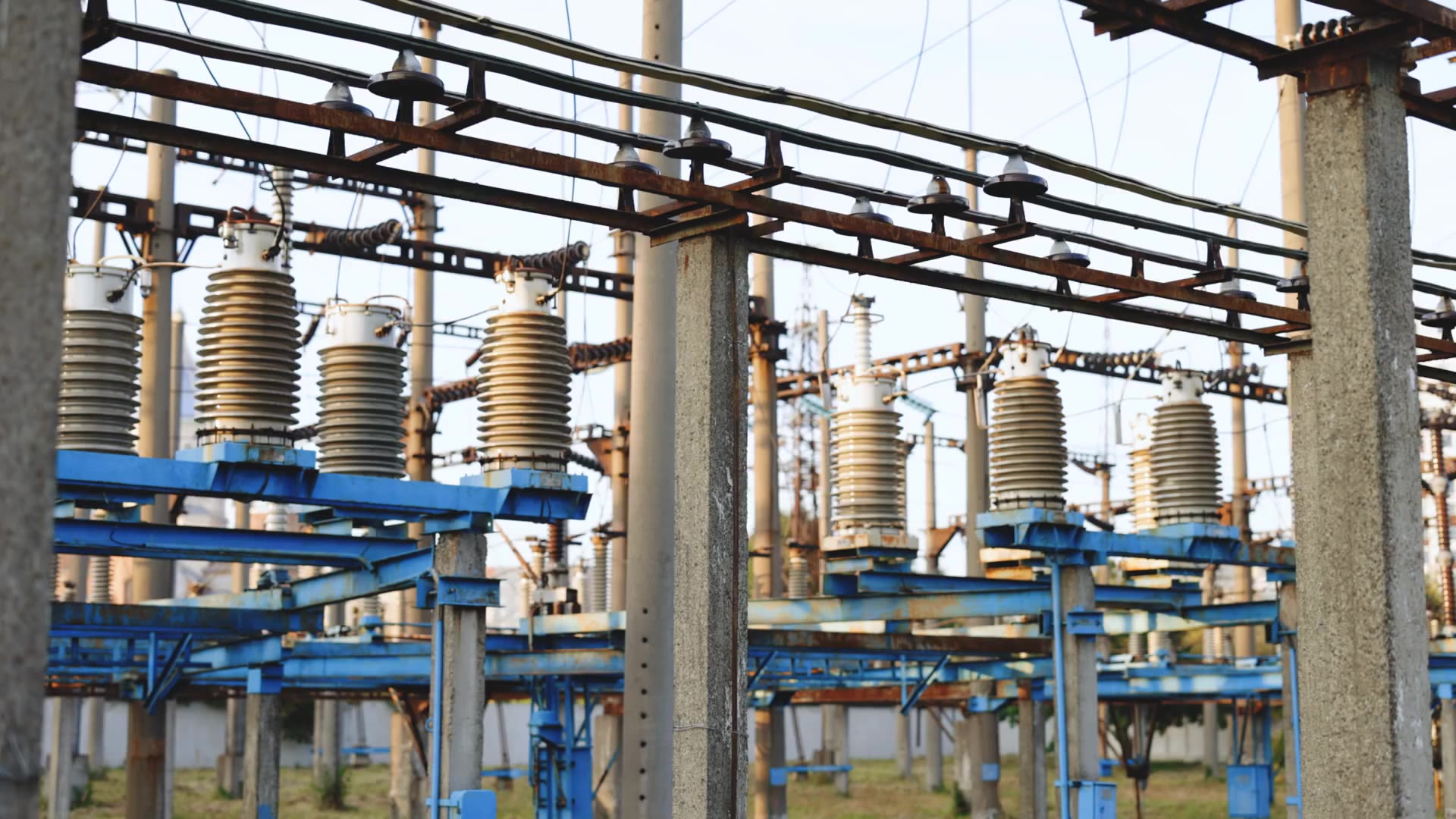
With growing intermittent renewable capacity penetrating power systems, the need for flexibility and battery storage capacity is becoming increasingly important amid more frequent negative power prices1 in many European power systems.
In a report on renewable sources published on 9 October, the International Energy Agency (IEA) indicated that grid infrastructure and system integration of renewables need “increasing policy attention” and that despite growing investment in battery storage in many markets, further flexibility measures like long-term storage and large-scale demand-response will be necessary.
A key dilemma for battery investors is whether to take advantage of negative prices, despite battery technology still maturing, or wait for a more advanced and cheaper technology but potentially miss out on gains from wide intra-day price spreads if flexibility options improve.
Experts have indicated to ICIS that early investors could be advantaged even if new technologies emerge and that means switching to a new battery system in the medium term. However, many still doubt the technology is mature enough for large investments.
Total upfront costs of utility-scale battery storage globally are set to decline 30-40% by 2030, while already by 2025, battery storage projects at the lower end of the cost range will be “cost competitive” with some open-cycle gas turbines operating in markets with high natural gas prices, according to the IEA.
Will gas ever be replaced?

Natural gas is likely to remain critical in the energy transition – as recently underpinned by long-term appetite for gas investments2 - and it plays a key role in carbon reductions for power generation.
However, advancements in battery storage technology and decreasing costs could help reduce the reliance on gas-fired power generation in the coming years.
Negative power prices can incentivize the use of battery storage, according to experts, suggesting stakeholders should capitalize on this opportunity and invest in battery storage technology, even though it is still evolving.
Nevertheless, the advantages of using battery storage capacity may vary depending on the specific power supply mix and consumption patterns, while a key but often overlooked aspect of decarbonization, is the development of robust interconnection lines to maximize the utilization and management of intermittent renewable energy sources.
Although many believe uncertainty remains for investors, with high costs and difficulties predicting revenues, large investments in battery storage are still necessary, at least until seasonal energy storage - the “holy grail” of the energy transition - is fully developed.
What will drive battery revenues?
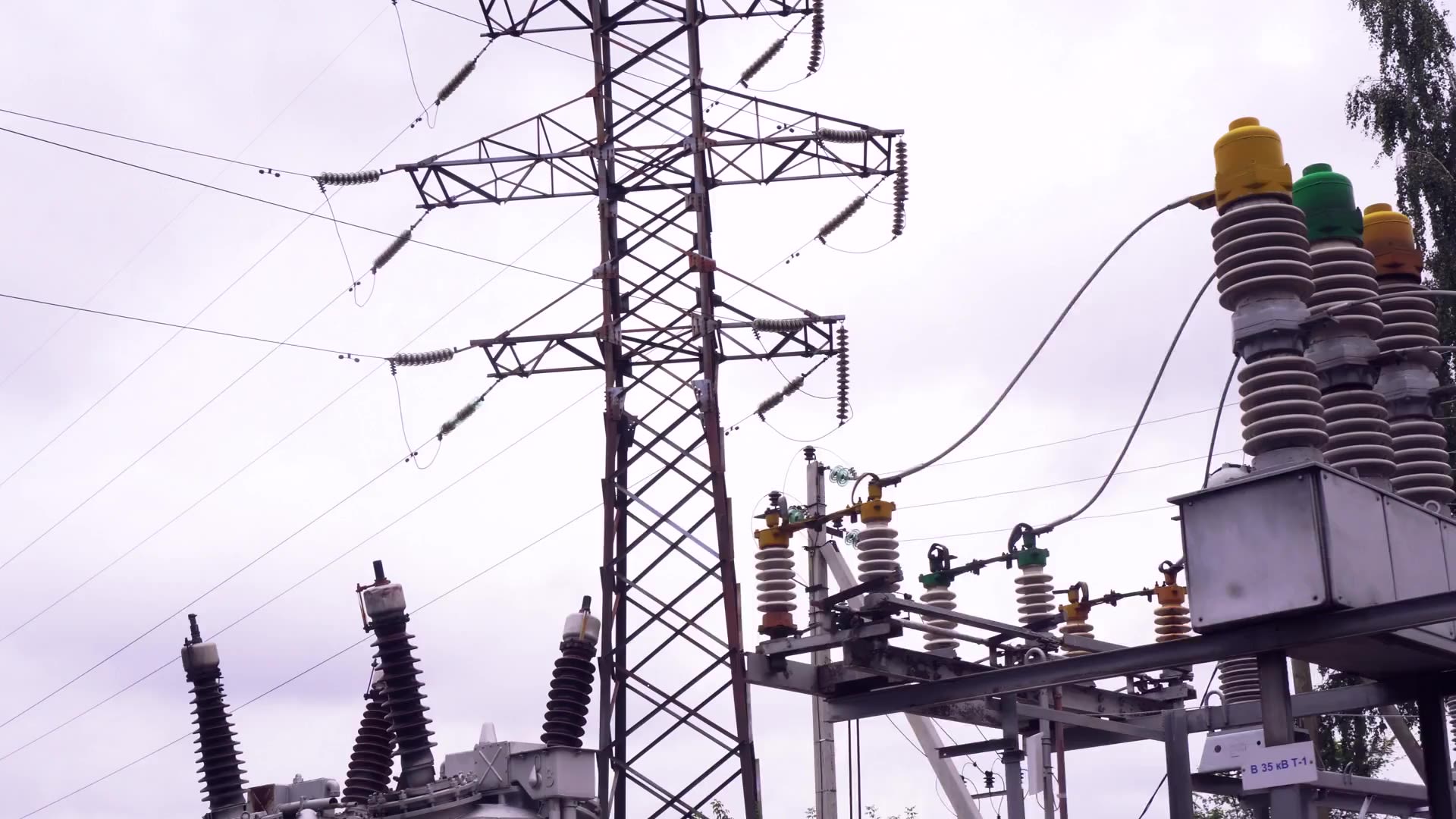
A key driver of battery revenues will be the intraday price shape, as operators seek to profit from wide price spreads throughout the day while optimizing charge-discharge cycles.
The wholesale intraday and day-ahead electricity market would be a primary source of revenues for battery storage systems according to experts, but operators could also benefit from other revenue streams such as balancing markets (frequency containment reserve, frequency restoration reserve and voluntary balancing) as well as congestion management and peak shaving.
Others note that power purchase agreements (PPAs) are also becoming a common financial structure for battery storage, although battery degradation could lead to a preference for short-term products. Battery degradation affects the capacity to store and deliver electricity and therefore must be considered when optimizing charge-discharge cycles.
Challenges for the PPA sector
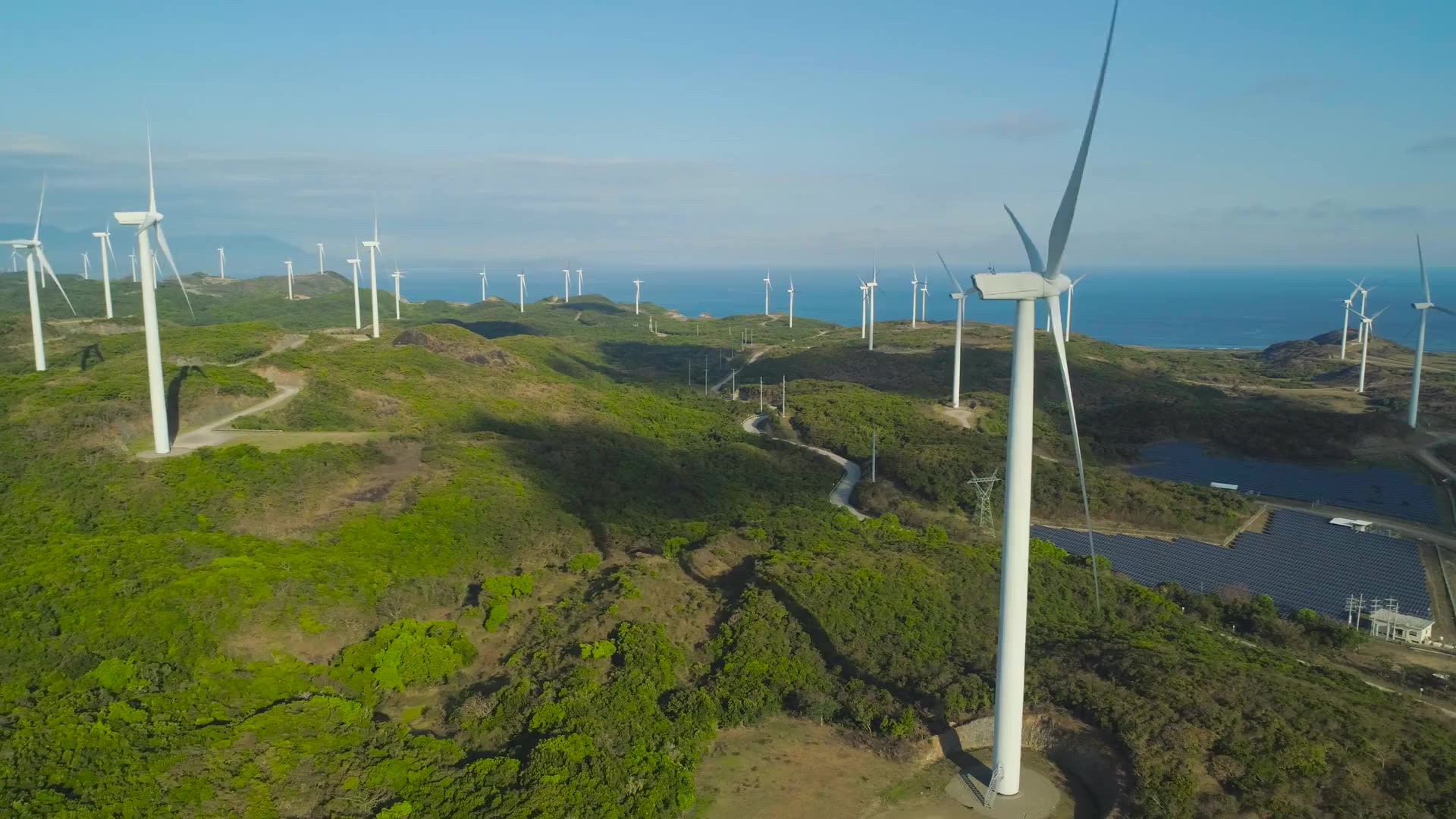
Negative power prices, lack of long-term liquidity and a slow, inefficient process to conclude renewable power purchase agreements (PPAs) and match buyers and sellers are key challenges the PPA sector is dealing with. Addressing these hurdles would have a positive impact on the energy transition too, as more PPA deals would support the construction of additional renewable power generation capacity.
Negative power prices are here to stay

Negative power prices are occurring more often with growing renewable capacity, particularly solar, leading to electricity oversupply that cannot yet be absorbed by sufficient storage.
With a lack of battery storage, industry experts believe negative prices are here to stay and impact PPAs, however they suggest mature buyers may see negative prices as an entry point, as the risk of negative prices can be offset in the PPA contract with an agreed reference price.
Low liquidity could slow PPA growth

Scarce liquidity on forward wholesale power contracts could also slow PPA growth as it limits hedging. According to some PPA experts, the challenge is that there is not enough demand for long-term wholesale power products and that we are currently seeing a transition period.
Other industry specialists have indicated to ICIS that the lack of power liquidity on far-dated contracts could challenge PPA hedging, while alternative strategies like ‘stack-and-roll’ (where the traders’ exposure is stacked and hedged, with residual exposure being rolled over into new contracts when shorter-term products expire) bear some risks too.
More transparency on PPA prices and valuation would help traders feel confident and increase activity, but experts also highlight that regulation and uncertainty on energy transition targets are key drivers for PPAs as investors face high costs and a risky environment.
How necessary are standard PPA templates?
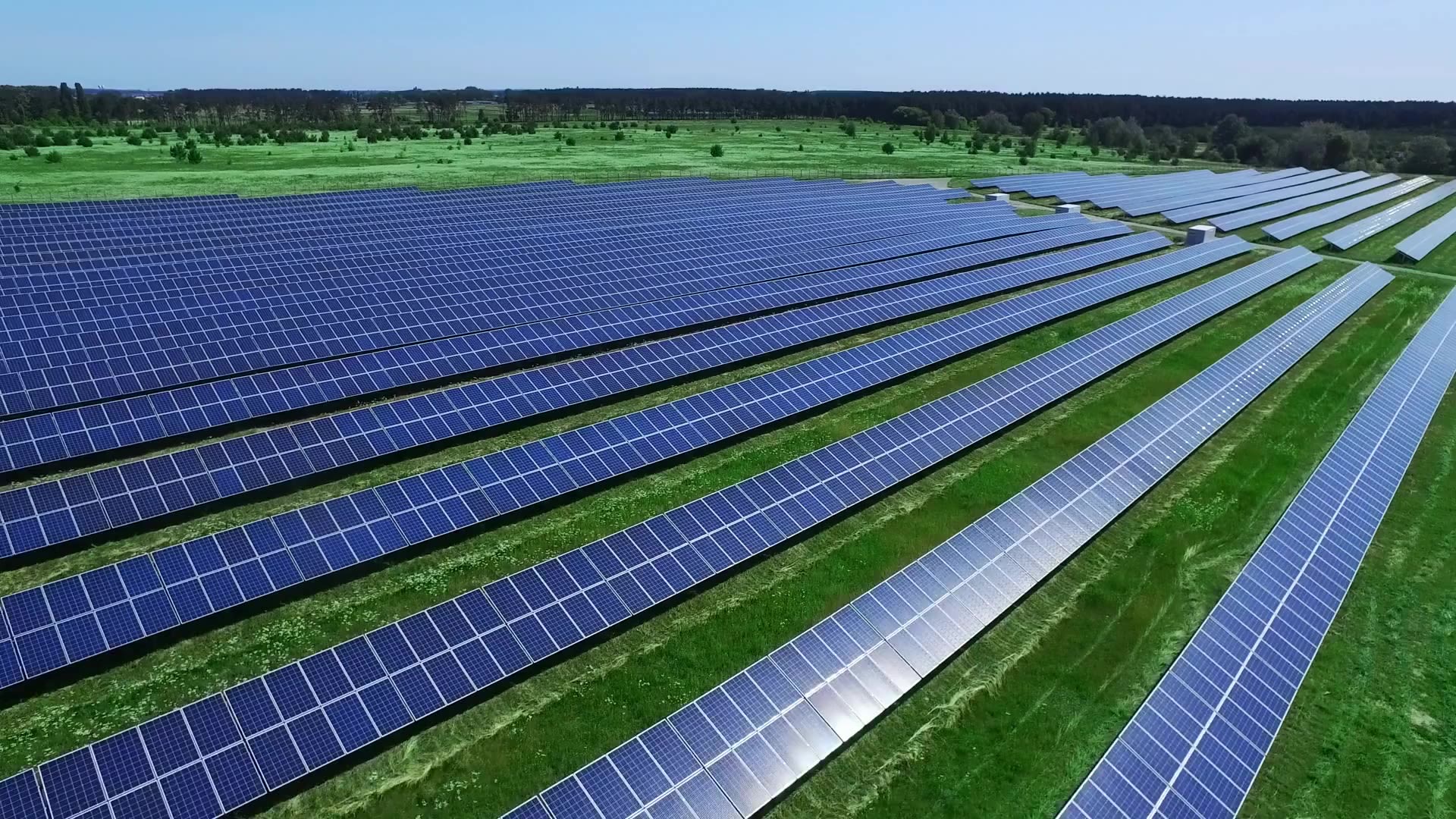
The introduction of standard PPA templates could help support the market, but experts noted a more tailored approach is also needed.
Standardization will increase efficiency but won’t necessarily lead to more PPAs being signed, according to experts. However, some point out that despite the aim for a higher degree of standardization on PPAs, there is also a need to pursue some additional value by fulfilling specific requirements, being able to customize the contracts and manage any of the risks that the project developer doesn’t want to carry.
Conclusion

As the energy transition unfolds and sources of power such as wind and solar come to the fore, energy markets are transforming rapidly. European utilities need to navigate complex challenges in a rapidly evolving sector, where insight on key price trends, regulatory developments and renewable capacity growth can guide decision-making and investments towards the energy transition.
ICIS covers a wide range of energy commodities, including power and renewables. To find out more, please visit ICIS Energy.
Utilities can stress test trading and investment strategies and balance risk with reliable short, medium and long-term power forecasts, including wind and solar energy output, but also gain a complete picture of European power with expert analysis of the policy, regulation and macroeconomic factors influencing the market.
With the increased use of intermittent renewable solar and wind, this can help them turning uncertainty into opportunity. They can also find additional value in predicting complex price movements with forecasts for wholesale and renewable capture prices, which are regularly used by electricity producers and consumers to negotiate Power Purchase Agreements (PPAs).
Author:
Andrea is responsible for maintaining the quality and depth of ICIS energy content. He is also a market expert covering European power and gas markets.
Related content
Speak with ICIS
If you are interested in learning about how our specialist insight can help you make better business decisions, contact the ICIS team today. Simply complete the form and we will get in touch with you as soon as possible.


